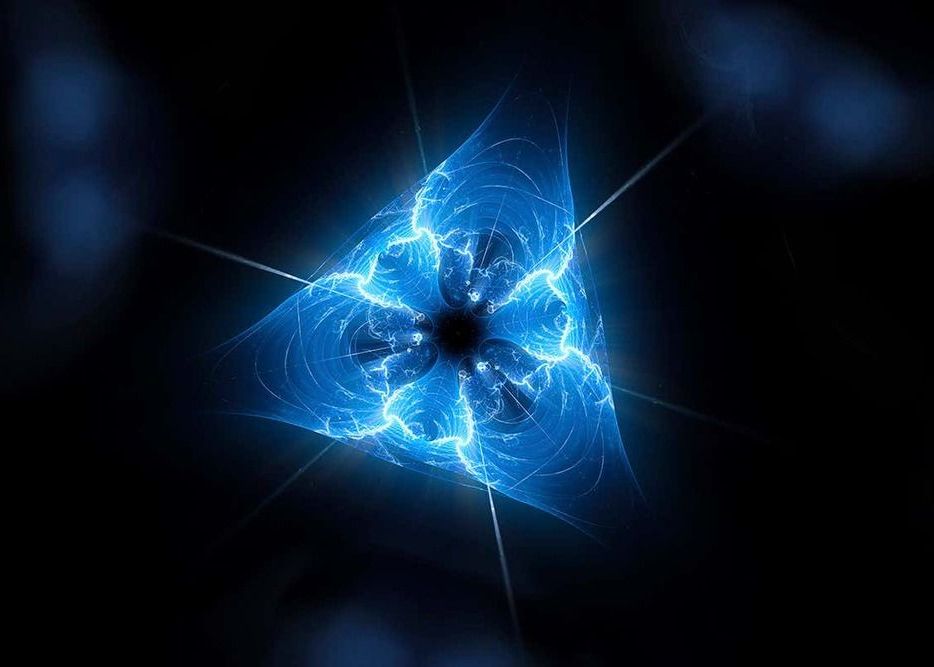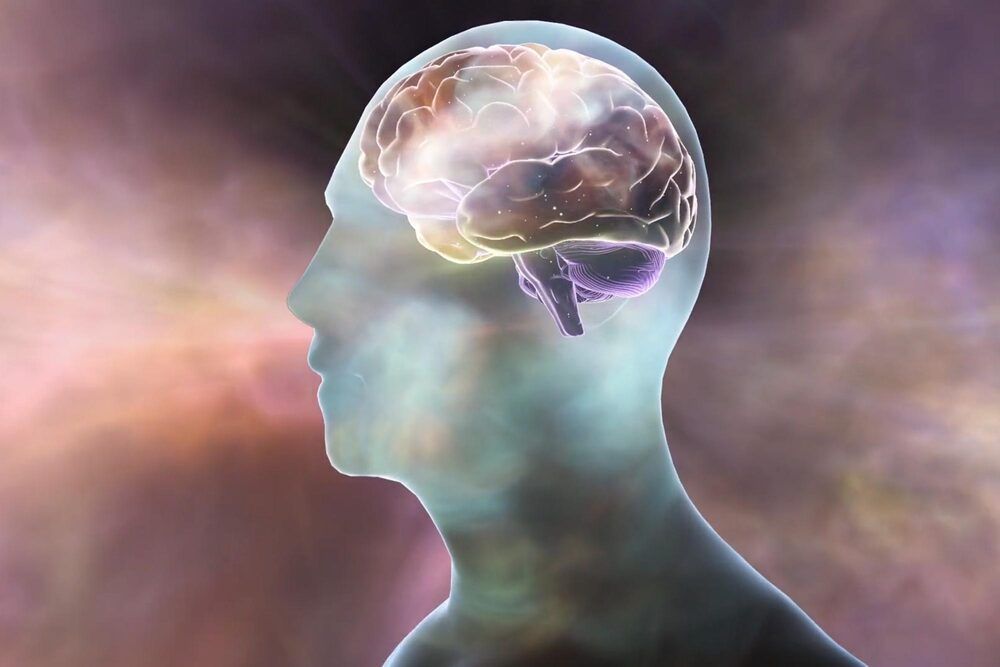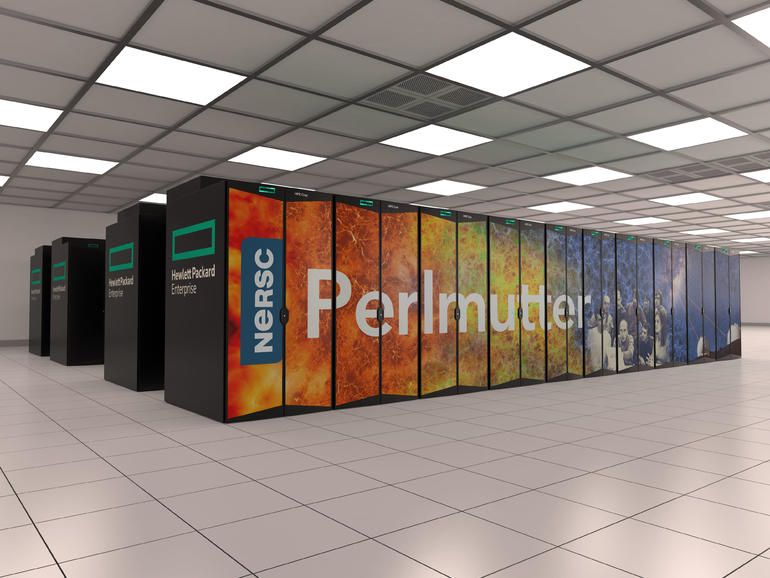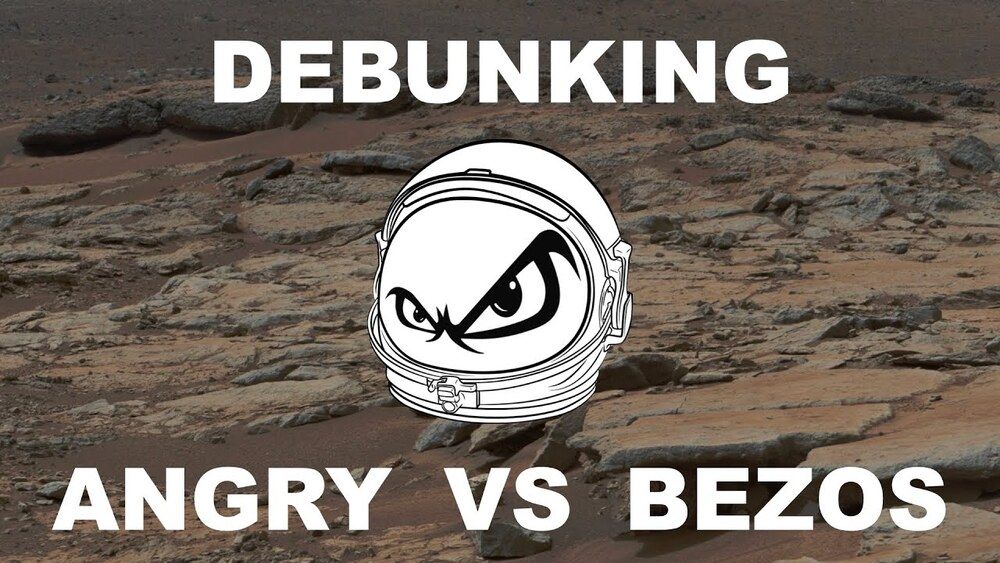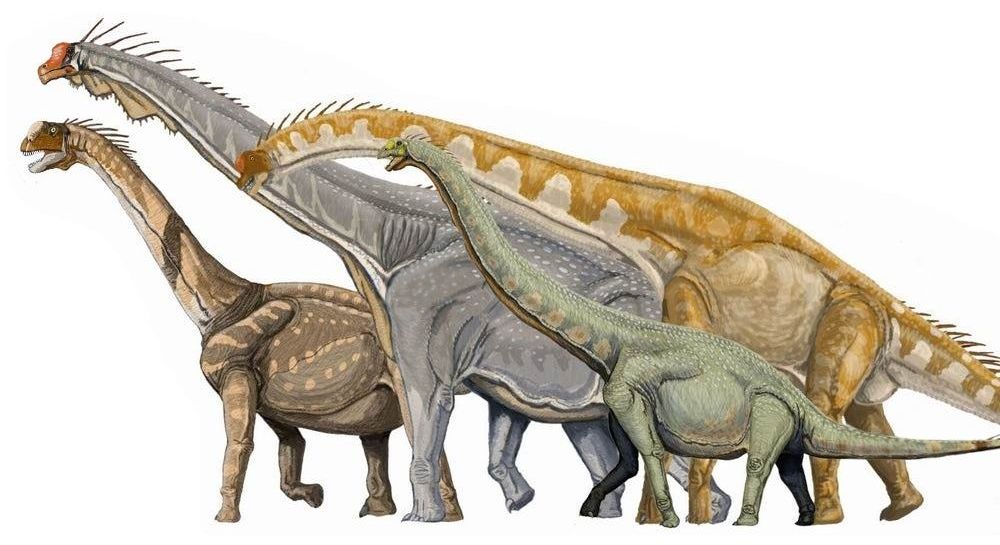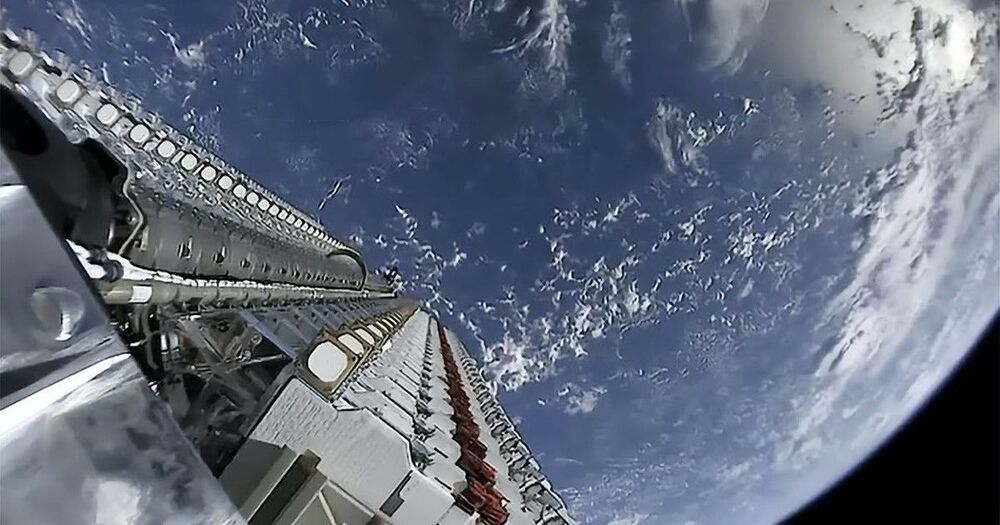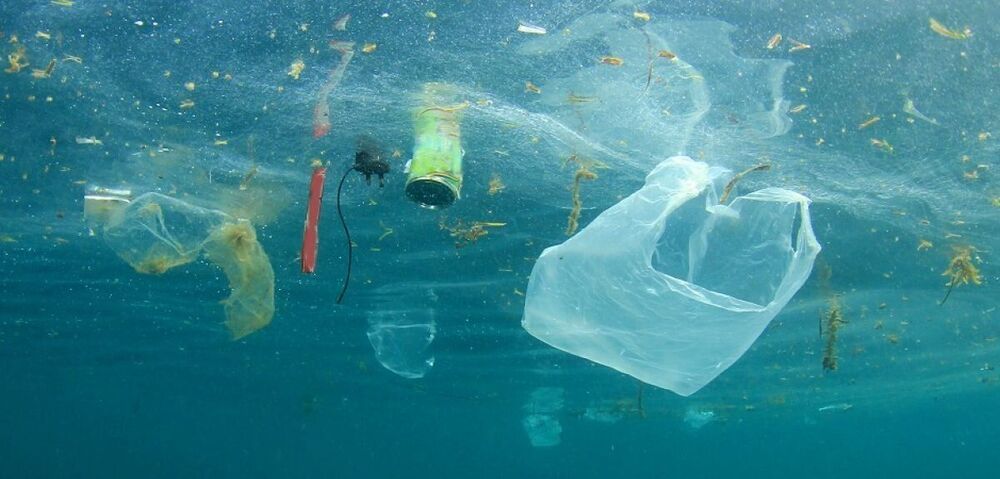Pulses of laser light moving through a jet of plasma can surf a wave to travel faster or slower than the speed of light without breaking the laws of physics.
What information is retained in a memory over time, and which parts get lost? These questions have led to many scientific theories over the years, and now a team of researchers at the Universities of Glasgow and Birmingham have been able to provide some answers.
Their new study, which is published today (May 26, 2021) in Nature Communications, demonstrates that our memories become less vibrant and detailed over time, with only the central gist eventually preserved. Moreover, this ‘gistification’ of our memories is boosted when we frequently recall our recent experiences.
The work could have implications in a number of areas, including the nature of memories in post-traumatic stress disorder, the repeated questioning of eye-witness testimonies and even in best practice for exam studying.
The US Department of Energy on Thursday is officially dedicating Perlmutter, a next-generation supercomputer that will deliver nearly four exaflops of AI performance. The system, based at the National Energy Research Scientific Computing Center (NERSC) at Lawrence Berkeley National Laboratory, is the world’s fastest on the 16-bit and 32-bit mixed-precision math used for AI.
The HPE Cray system is being installed in two phases. Each of Phase 1’s GPU-accelerated nodes has four Nvidia A100 Tensor Core GPUs, for a total of 6159 Nvidia A100 Tensor Core GPUs. Each Phase 1 node also has a single AMD Milan CPU.
DEBUNK ANGRY VS BEZOS — Pt 1
Posted in space
Let me start off by answering “Angry Astronaut’s” last question (@22:00 in) first: “Does this look like living at the top of Mount Everest to you?” Yes Angry it does. It ALSO looks like living on Mars because that interior in both cases is where you’re going to spend a lot of time so what’s happening on the INSIDE isn’t very different at all. That’s a problem (and an opportunity) for a LOT of the so-called “easy” concepts for living on Mars here people: Why don’t you put some money where your mouths are and “PROVE it” at least a little bit. Think the “Marsha” design is so hot? (I don’t btw) Then how about we BUILD some actual working “prototypes” (which the company did an indigogo on and failed to either raise enough money nor have they gone any further with the effort) someplace LIKE the ‘basecamp’ area of Everest. It will be vastly less difficult and expensive than building on Mars or the Moon but you know what, it would go a long way towards shutting up the ‘detractors’ with all their (arguably and often unanswered) questions wouldn’t it? Build on as a B&B on some expensive vacation land? Nah, how about building one out at the Mars Desert Research Station or Devon Island?
Support CSS episodes at patreon.com/thecommonsenseskeptic.
Discord: https://discord.gg/bEZw6XCG
Angry is back with another episode — this one tackling Jeff Bezos’ claims that Everest would be a better place to live than Mars.
One hundred fifty years ago, Dmitri Mendeleev created the periodic table, a system for classifying atoms based on the properties of their nuclei. This week, a team of biologists studying the tree of life has unveiled a new classification system for cell nuclei and discovered a method for transmuting one type of cell nucleus into another.
The study, which appears this week in the journal Science, emerged from several once-separate efforts. One of these centered on the DNA Zoo, an international consortium spanning dozens of institutions including Baylor College of Medicine, the National Science Foundation-supported Center for Theoretical Biological Physics (CTBP) at Rice University, the University of Western Australia and SeaWorld.
Scientists on the DNA Zoo team had been working together to classify how chromosomes, which can be several meters long, fold up to fit inside the nuclei of different species from across the tree of life.
It’s only the country’s second new fighter design since the end of the Cold War.
Russia’s famed Sukhoi Design Bureau is reportedly working on a brand-new, fifth-generation fighter jet: a lightweight fighter capable of flying faster than Mach 2.
The unnamed fighter would likely complement the larger, heavier Su-57 fighter jet (pictured above) and would use at least some of the same components.
In a paper for Nature this month, researchers claim the development of mega-constellations like Starlink “risks multiple tragedies of the commons, including tragedies to ground-based astronomy, Earth orbit, and Earth’s upper atmosphere.”
Perhaps the biggest effects could come as the satellites start to deorbit, sparking what could be a major experiment in geoengineering.
This week’s SpaceX launch is the 29th batch of Starlink satellites since the first in May 2019, building out the firm’s internet connectivity constellation. Starlink aims to offer high-speed and low latency internet access almost anywhere with a view of a ground terminal.
SpaceX has now launched 1737 satellites for Starlink, with 951 operational. Starlink satellites typically take a few months to move into position and start operations. Starlink is already the biggest single constellation in space, but the firm has applied for permission to launch up to 42000 satellites.
More on thymus regeneration. Unless I understood wrong one patient’s epigenetic clock went from his mid 50’s to early 40’s.
Foresight Biotech & Health Extension Meeting sponsored by 100 Plus Capital.
2021 program & apply to join: https://foresight.org/biotech-health-extension-program/
Plastic pollution and other ocean debris are a complex global environmental problem. Every year, ten million tons of plastic are estimated to be mismanaged, resulting in entry into the ocean, of which half will float initially. Yet, only 0.3 million tons of plastic can be found floating on the surface of the ocean. Where has the rest of the plastic gone?
The key mechanisms for plastic transport are currents, wind, and waves. Currents and wind transport ocean debris in a straightforward manner like the forces on a sailing boat. However, ocean waves predominantly move objects in circular-like orbits. The orbits do not quite close, resulting in a so-called Stokes drift in the direction in which the waves travel.
A joint team from the Universities of Oxford, Plymouth, Edinburgh, Auckland and TU Delft have investigated how waves transport floating ocean debris while including, for the first time, the effects of an object’s size, buoyancy, and inertia on its transport. Their results are published in the Journal of Fluid Mechanics.
